A revelation in modern manufacturing has been the automatic screwdriver, which takes repetitive and simple tasks and replaces them with accurate precision mechanisms. Read More…
A recognized leader in automated assembly products. Stay competitive with Dixon's robotic screwdrivers, auto-fed screw & nut drivers, auto-fed part placers, parts feeding systems & assembly cells, including robotic assembly & vision. Every Dixon product is manufactured to assure accuracy & dependability for repetitive assembly. Dixon supports Machine Integrators with assembly products & stations. ...
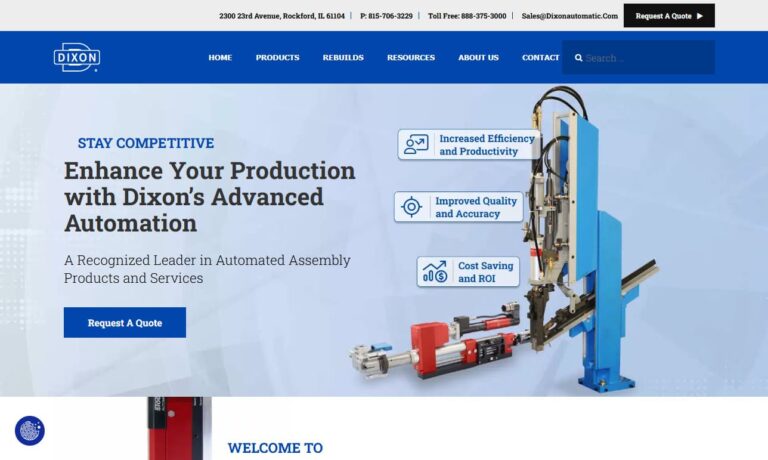
Invio Automation is a leading comprehensive AGV, AMR, and robotics integrator with 10 engineering and support sites throughout North America. We specialize in heavyweight and assembly line applications.
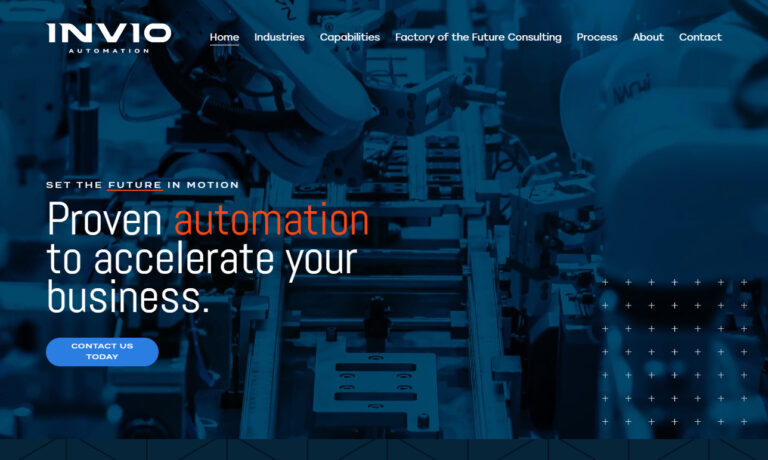
Advent design has been in business for over 35 years providing custom automation solutions, engineering, integration solutions and machine safety services. Contact us today to discuss your project needs and see how we can help you achieve your goals.

Since 1982, Isotech has been a leader in the automation equipment industry. You can trust the accuracy of our solutions. Our experts at Isotech are always available to assist you with your needs. Feel free to contact us today to learn more information!

Del-Tron Precision is your one-stop shop for ball & crossed roller slides, multi-axis positioning and motor-ready lead screw stages, air actuators, recirculating slide guides and crossed roller rail sets. Custom linear slides are available.
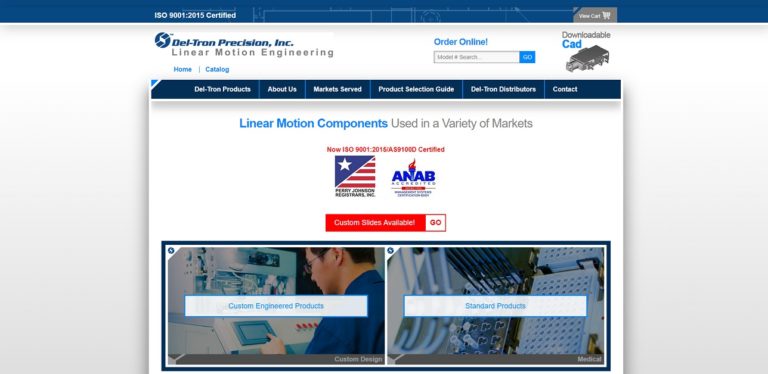
More Automatic Screwdriver Manufacturers
The introduction of automatic screwdrivers has provided quick, accurate, and high-quality efficiency in completing a simple function. In many cases, automatic screwdrivers are custom-designed for specific applications.
Components of an Automatic Screwdriver
Screwdrivers are a simple tool with a blade or head capable of rotating to tighten a screw to join two surfaces. They have been used for centuries as a means of connecting. In modern manufacturing, screw fastening has become more complex. Many assemblies require several screws to be tightened in a short period of time. For many years, manual labor was used to make the connections. It was an inefficient and labor-intensive method that led to errors. Innovative engineers, realizing the inaccuracies created by the manual method, worked for years to combine robotics with tools to complete menial functions in an efficient and effective way.
Spindle
On an automatic screwdriver, the spindle is the part that rotates to rotate the screw to force it into a hole. Spindles come in several different forms and types depending on the design of an automatic screwdriver. In all cases, they rotate to tighten a screw. They are rotated by a motor that is encased in the apparatus of an automatic screwdriver, can come in different lengths, and are controlled by the programming on the screwdriver.
The types of spindles vary according to the types of screws to be attached, the thickness of the materials to be joined, and the diameter of the screws, which increases the amount of necessary torque. They can be changed, adjusted, and have their function controlled by the control system of an automatic screwdriver.
Controller
Programmable logic controllers (PLCs) are the brains behind the operation of automated processes. They have a user interface that makes it possible for users to enter in the various factors regarding connecting screws, which include speed, torque, position, rotation, and other factors associated with the process. The types of controllers vary from very complex ones with multiple input controls to very simple ones with two or three possible adjustments.
Controllers are another common factor that has arisen from the computer age. They are a basic part of multiple industrial functions and make it possible to have operations completed without human involvement. Due to the nature and configurations of controllers, there are several different types used with automatic screwdrivers as well as ones that are proprietary by individual manufacturers. Regardless of their variety, all controllers provide the ability of users to set the parameters for an automatic screwdriver.
Screwdriver Unit
As with other aspects of automatic screwdrivers, the screwdriver unit takes several forms in accordance with the operation to be performed, its relation to other operations, and the number of connections it will complete. Automatic screwdrivers can have one screwdriver unit to connect one screw or up to several screwdrivers to insert and connect multiple screws. As the number of screws to be connected increases, the complexity and intricacy of the screwdriver unit increases.
The three basic types of screwdriver units are handheld, fixed, and movable. Handheld screwdrivers are generally not used for industrial applications since they are inefficient and not fast enough. Fixed automatic screwdrivers are a common form of automatic screwdriver and have items to be joined fed to them where they pick up a screw and insert it into the provided workpiece.
Movable automatic screwdrivers are far more complex and involve a great deal of programming. They are often placed in assembly lines where surfaces to be joined move down the assembly line and the automatic screwdriver moves and positions itself to connect the screws. In many cases, movable automatic screwdrivers will connect multiple screws with different screw heads and angles.
Feeder Unit
Regardless of the type of automatic screwdriver, all types have a feeder unit that supplies the screws. Feeder units are a very common aspect of modern manufacturing and have been used for many years to supply manual and robotic applications. They are designed to specifically meet the requirements of an operation and process. The key factor to the operation of feeder units is the positioning of the screw, which has to be done quickly and accurately. This part of the process is what distinguishes each type of feeder unit.
A unique form of feeder unit is the screw presenter, which is a simple and small device that places a single screw for an automatic screwdriver to pick up. The appearance of screw presenters is rather ordinary since they appear as a large box with a single opening. The large part of a screw presenter contains the screws, which are fed in the correct position through a small opening.
A widely used form of screw feeder is a vacuum feeder that uses the power of negative pressure to position a screw. Vacuum feeders are used for multiple screwings and send screws through a tube to the precise location where an automatic screwdriver can apply force to connect surfaces. They are capable of presenting any form of screw whether the screw is magnetic or not.
The five aspects of automatic screwdrivers presented above are a general description of the many complex facets of automatic screwdrivers. Feeding methods, number of screwdrivers, types of screws, and the principles of automatic screwdrivers are constantly changing to meet the ever developing needs of manufacturers.
Benefits of Automatic Screwdrivers
As manufacturing has moved into the computer and robotic age, it is very logical that the simplest assembly process would be automated for speed and accuracy. Automatic screwdrivers have become an essential part of mass production in that they save time, labor, and costs by rapidly completing the joining process. The five factors that have differentiated automatic screwdrivers from other industrial applications are precision, speed, cost, adaptability, and ergonomics.
Precision - Sensors in several forms ensure the proper placement of screws and the amount of force necessary to connect them.
Cost - The use of automatic screwdrivers reduces labor costs and makes it possible to rapidly increase production.
Efficiency - Automatic screwdrivers are capable of completing thousands of connections without errors or the need for evaluation.
Ergonomics - This aspect of automatic screwdrivers is a savings for the labor force who do not have to lean over a workpiece and strain their muscles.

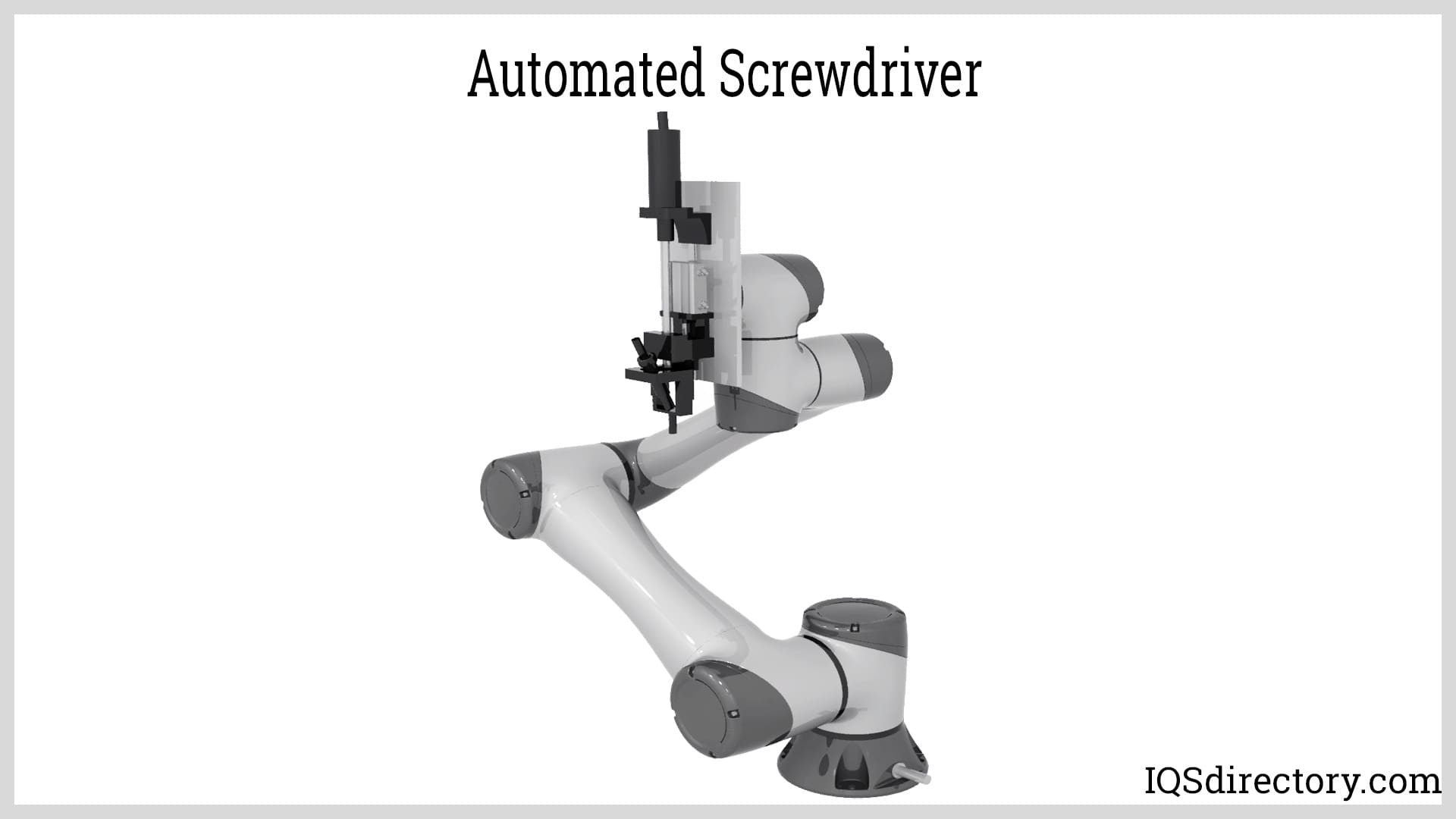
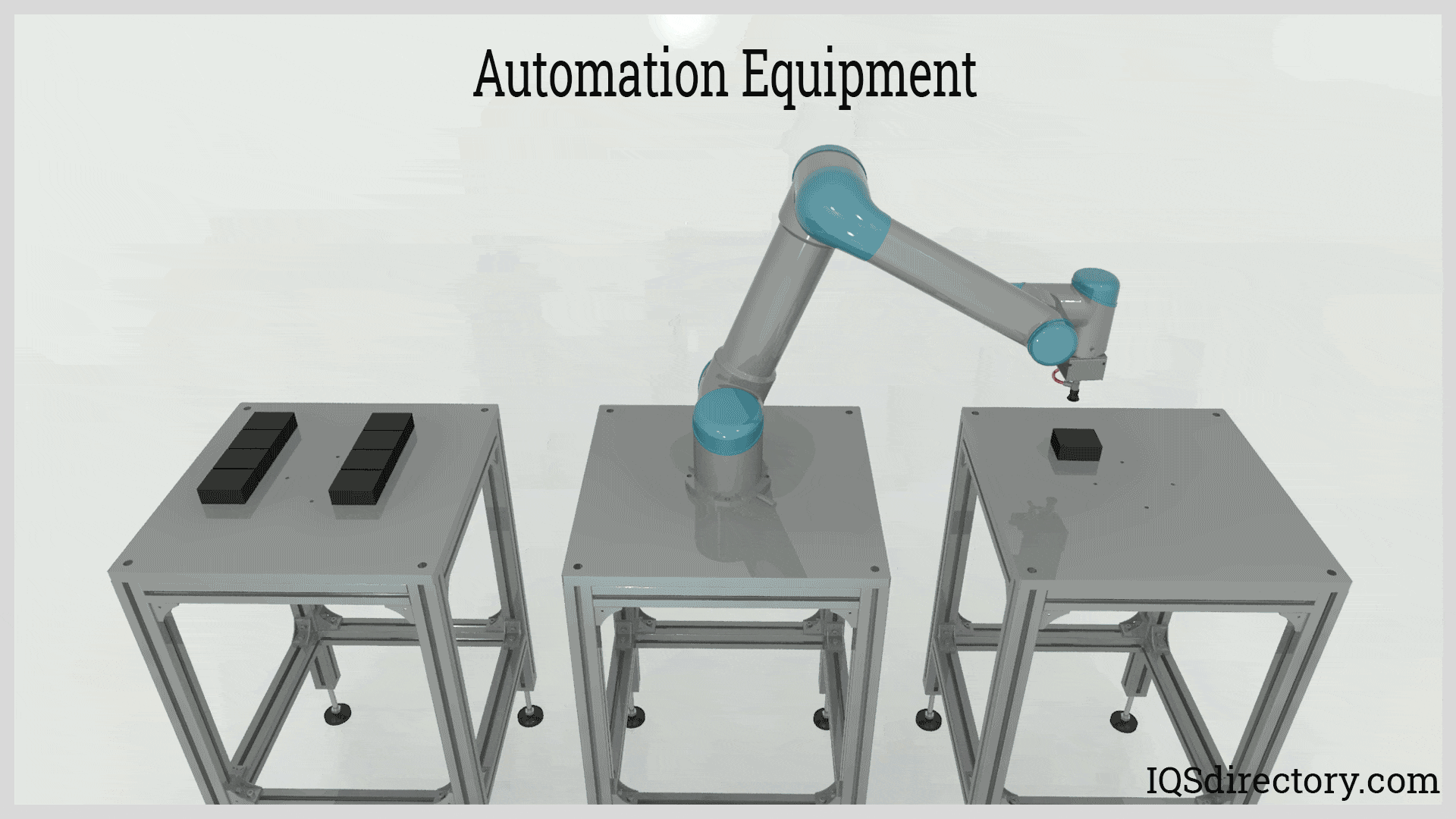
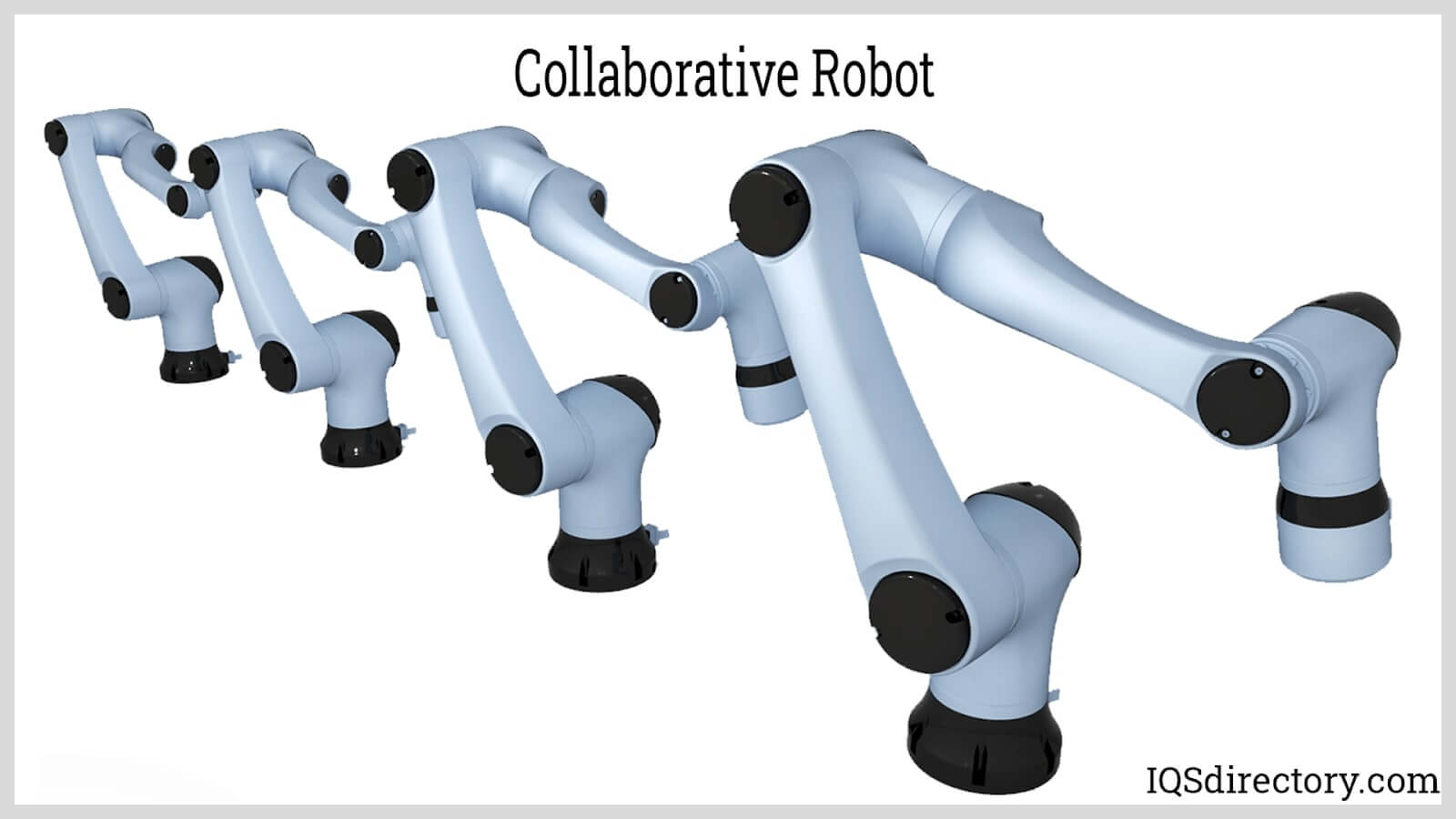
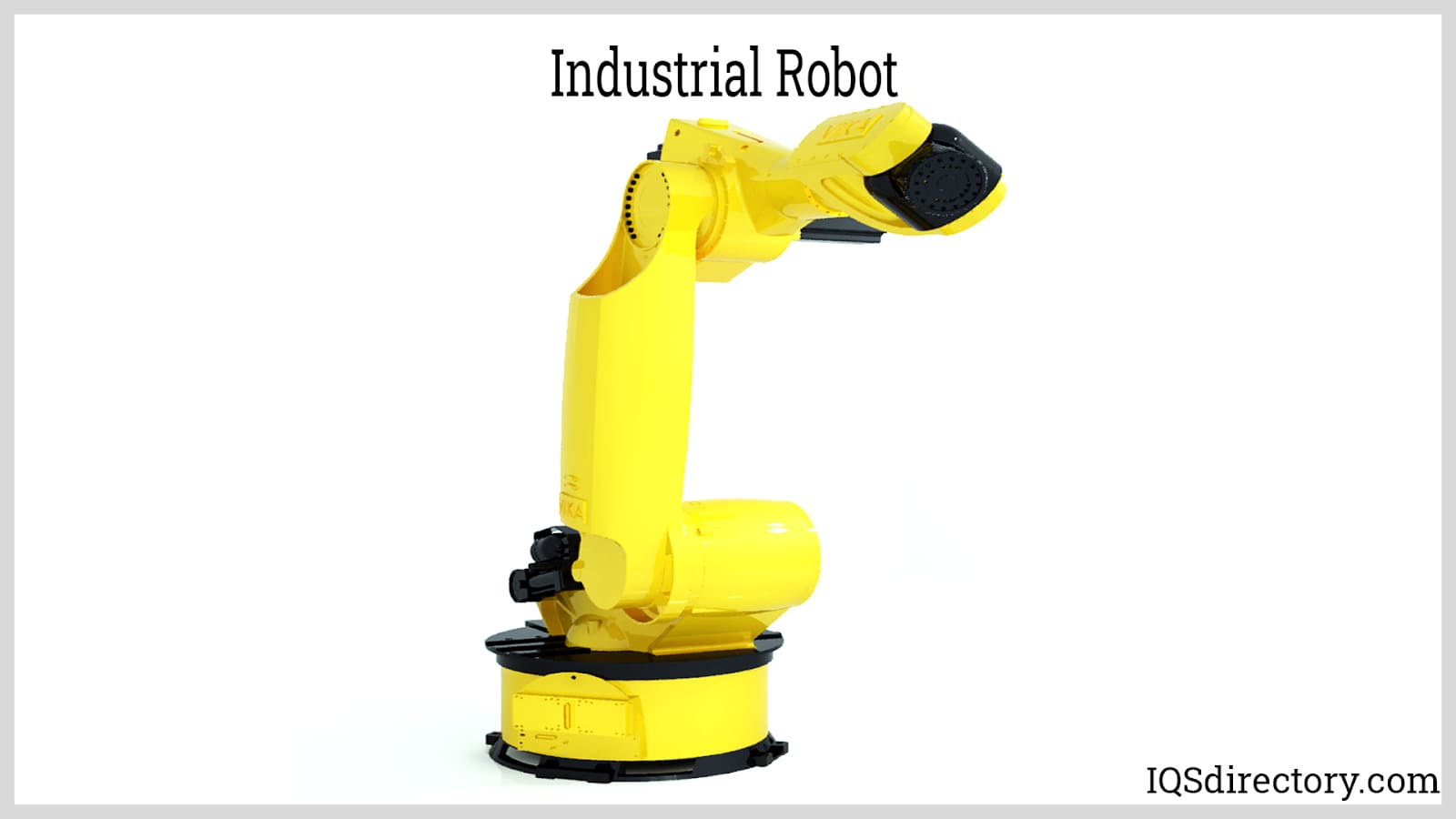
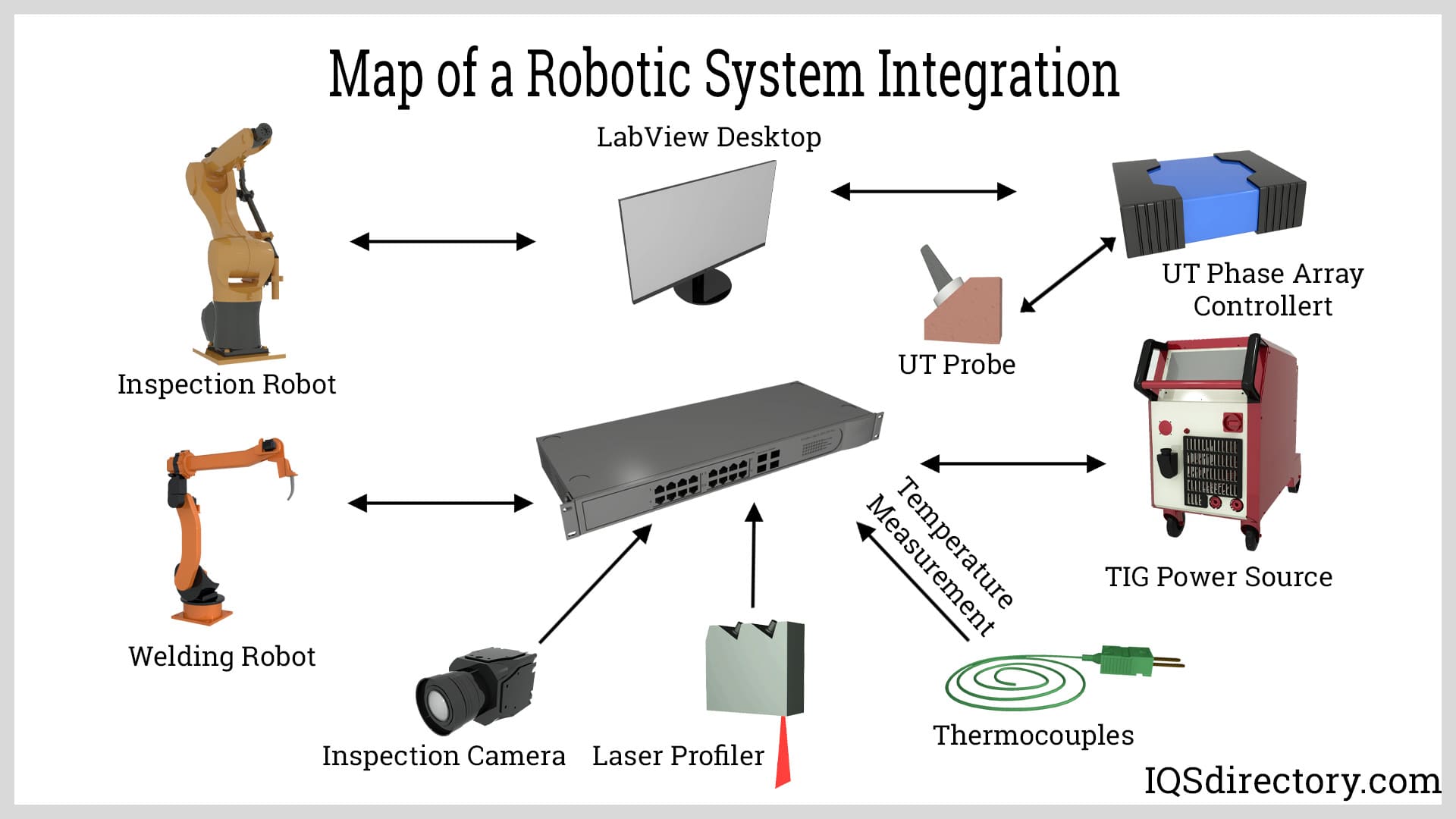
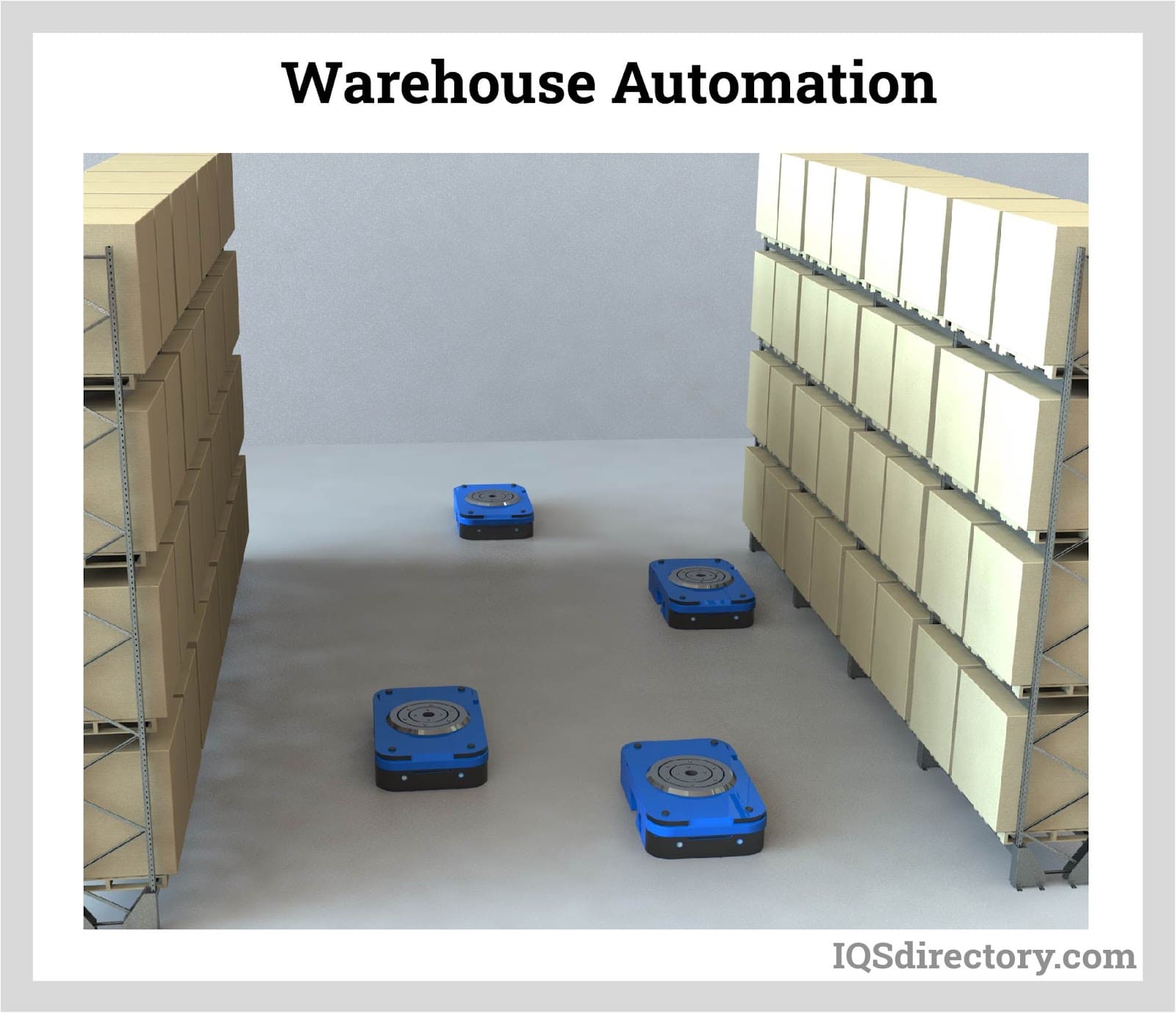
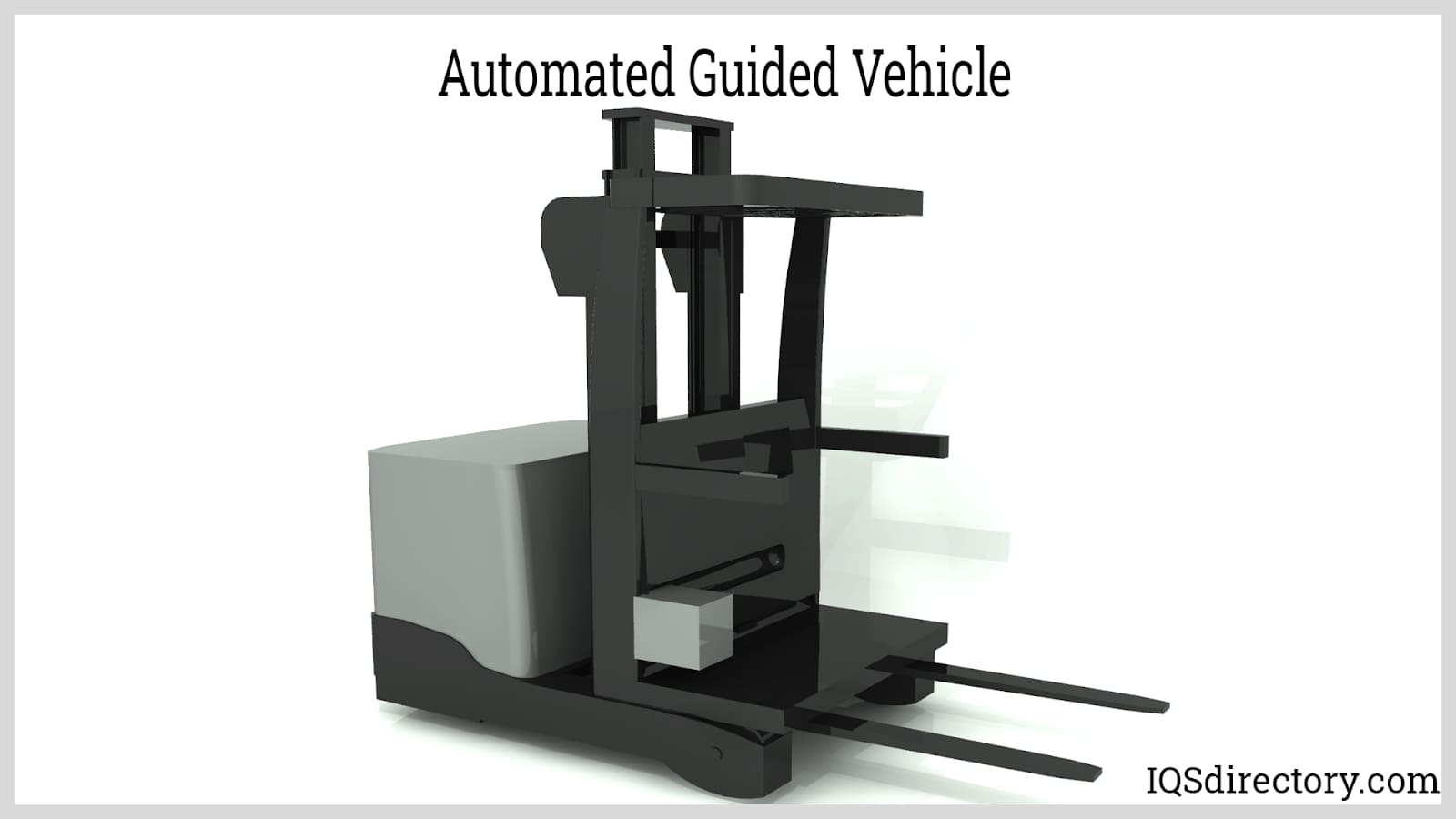

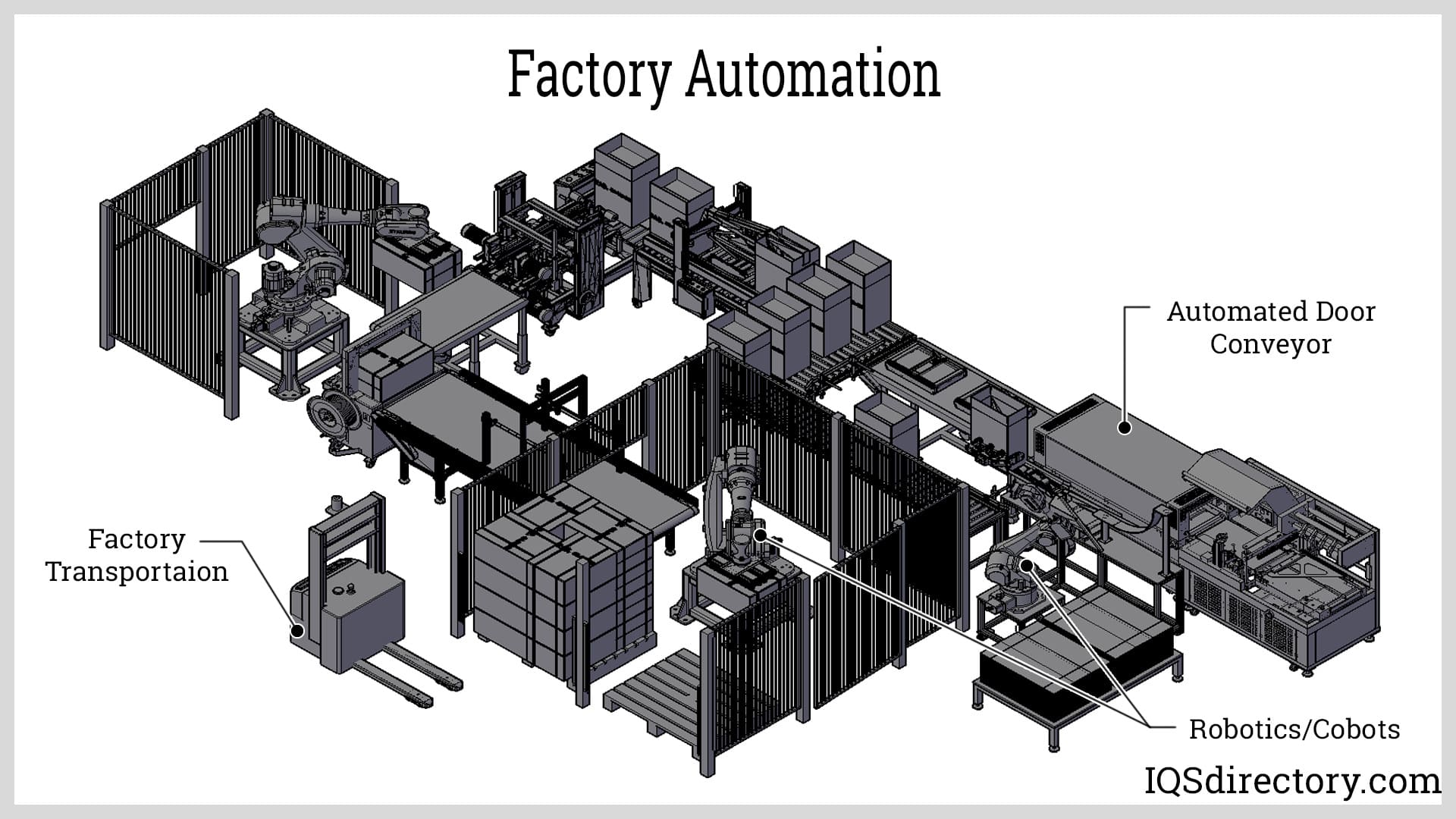
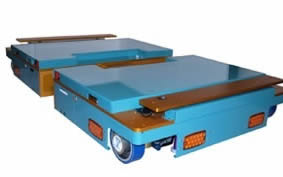 AGVs
AGVs Casters
Casters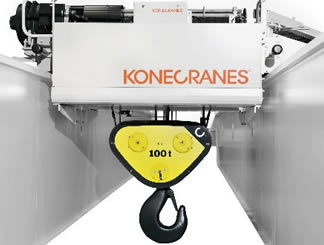 Cranes
Cranes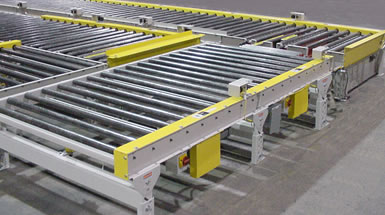 Conveyors
Conveyors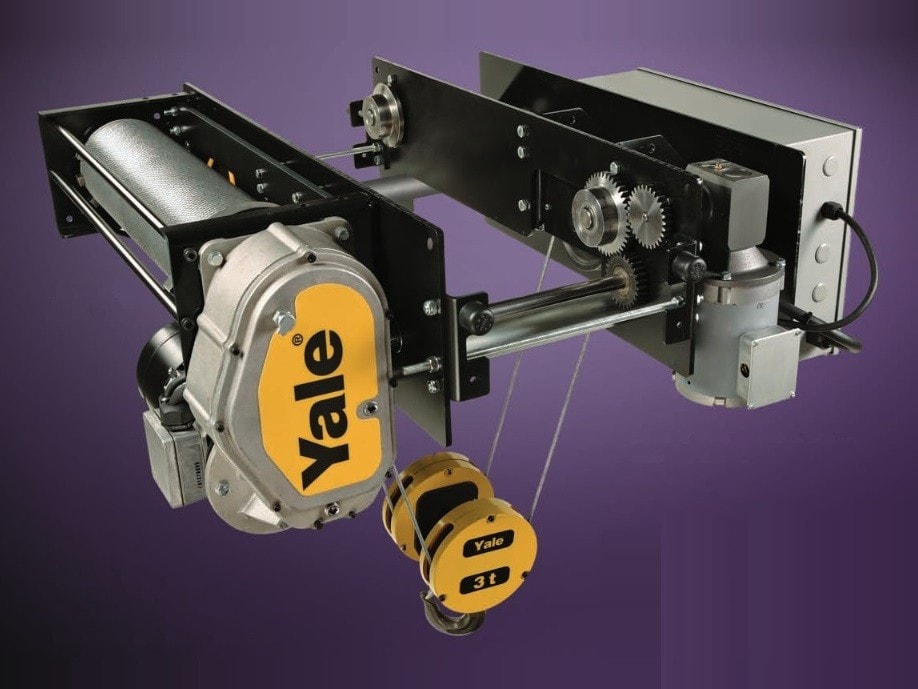 Electric Hoists
Electric Hoists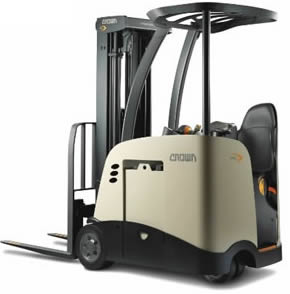 Forklifts
Forklifts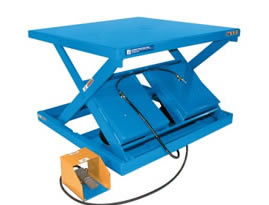 Hydraulic Lifts
Hydraulic Lifts Platform Lifts
Platform Lifts Castings & Forgings
Castings & Forgings Bulk Material Handling
Bulk Material Handling Electrical & Electronic Components
Electrical & Electronic Components Flow Instrumentation
Flow Instrumentation Hardware
Hardware Material Handling Equipment
Material Handling Equipment Metal Cutting Services
Metal Cutting Services Metal Forming Services
Metal Forming Services Metal Suppliers
Metal Suppliers Motion Control Products
Motion Control Products Plant & Facility Equipment
Plant & Facility Equipment Plant & Facility Supplies
Plant & Facility Supplies Plastic Molding Processes
Plastic Molding Processes Pumps & Valves
Pumps & Valves Recycling Equipment
Recycling Equipment Rubber Products & Services
Rubber Products & Services